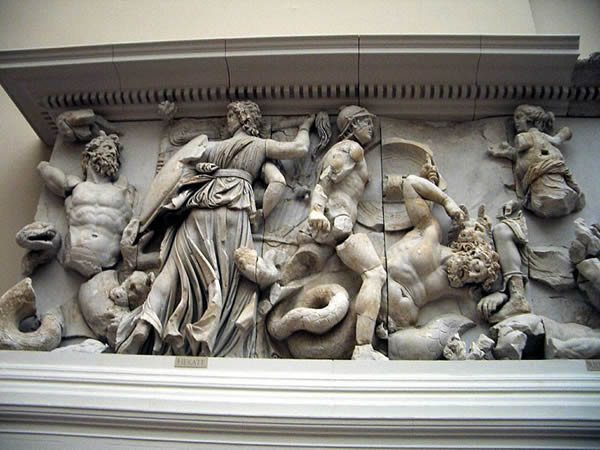
Classic Turkey trip, 2012
PERGAMUM
Asklepeion; Red Hall; Castle Hill
HOME :
turkey trip Istanbul I Istanbul II Istanbul III Istanbul IV Bursa Troy Pergamum Sardes - Pamukkale Aphrodisia Ephesus Priene Didyma MiletCapitels
Pergamum - today Bergama, famous primarily for something that really is not there anymore: The Zeus Altar. To see it, you need to go to Berlin and visit the - guess what - Pergamon Museum . There one can admire the reconstructed altar and its carefully pieced together reliefs.
Asklepion - Red Hall - Zeus Altar
Asklepion Our exploration to Pergamum (today Bergama) began with a visit of the Asklepion - the large sanatorium pictures of its remains are below.
 |
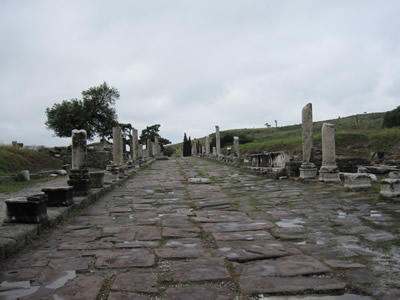 |
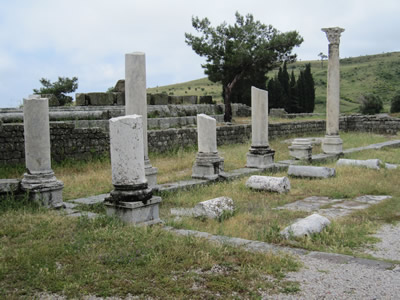 |
||
The long avenue leading to the asklepion. The leisurely walk was considered to be part of the treatment |
||||
| Remains of structures, temples and the theater at the Asklepion | 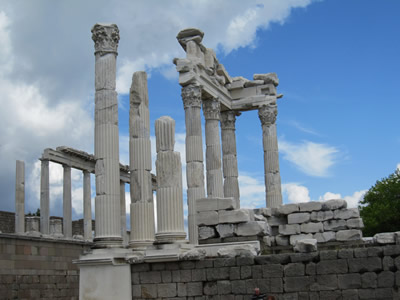 |
 |
||
| return to top | ||||
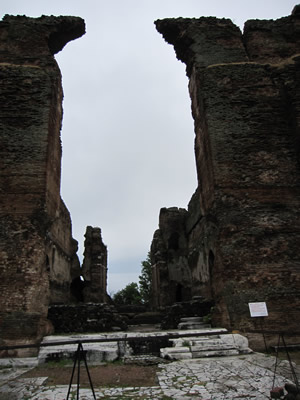 |
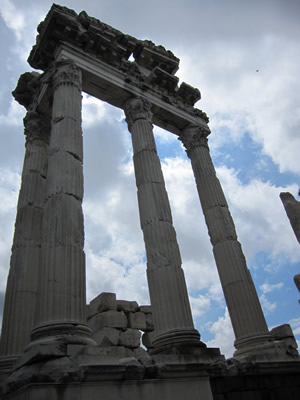 |
|||
| Red Hall - | return to top | |||
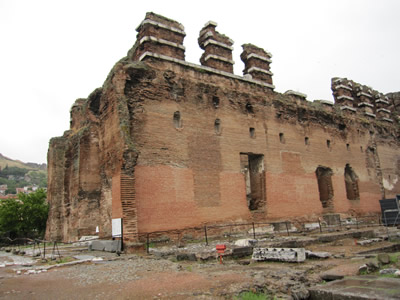 |
To the left is a picture of the red Basilica (red Hall). The massive structure was built in the early 2nd century (under Hadrian) as a temple to the popular Egyptian god Serapis. It was later (4th-5th centuries) converted into a Byzantine church. The Red Basilica was destroyed in the Arab raids of 716 to 717 AD, after which a smaller church was built within the ruins. Eventually the edifice fell into ruins and in one corner a small mosque was built which is still functioning today. Recycling is NOT a new concept. |
 |
||
| Zeus Altar | The Asklepion and the Red Hall are impressive, but the primary reason for Pergamon's fame is the fabulous Zeus altar which is not actually there. However, we took a funicular up to the mountain where the orginal city of Pergamum had been located. | |||
| Once at the top, we wandered through the ruins of the ancient city (center picture). We marveled at the remains of the theater (on the right); admired the view of the surrounding countryside- and with some trepidation climbed down toward the REAL reason for being in Pergamum: The Altar. Alas, all there is to see of the famous altar are the remains of its foundation - see the picture below. |  |
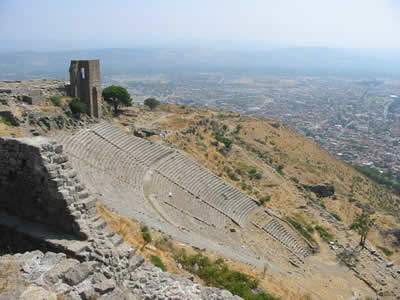 |
||
|
The Zeus Altar was constructed by King Eumenes II (197-159 BC) as a memorial of Attalus I.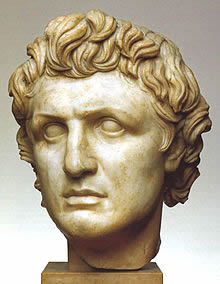 |
Pergamum's victory over the Galatians under Attalus I. By Byzantine times, the temple was neglected and eventually dismantled. Fragments of marble from the altar were built into the Byzantine defensive walls. In 1871, the Zeus Altar was rediscovered by the German engineer Carl Humann, who with permission of the turkish government took the fragments to Berlin. There the altar and its glorious decorations (frieze) was painstakingly reconstructed. It is now exhibited at the | ||
Pergamon Museum in Berlin Below is a picture of the museum which was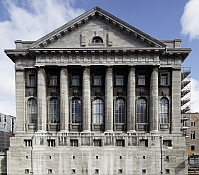 expressly built to house the altar and related artifacts, such as the head of King Attalus I shown in the picture in the middle above expressly built to house the altar and related artifacts, such as the head of King Attalus I shown in the picture in the middle above |
The reconstructed Zeus Altar
|
|||
|
I |
|||


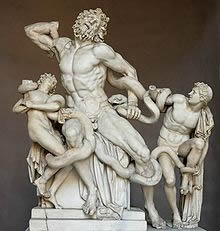 A statue of the Laoocon -
A statue of the Laoocon - 